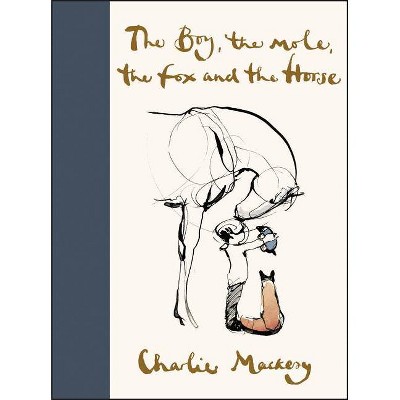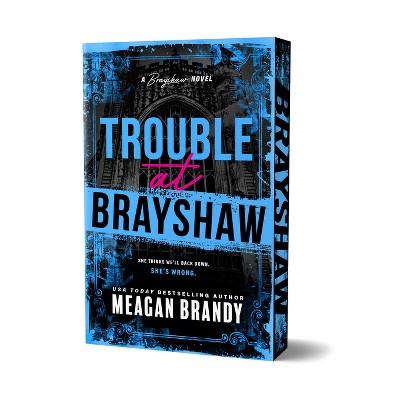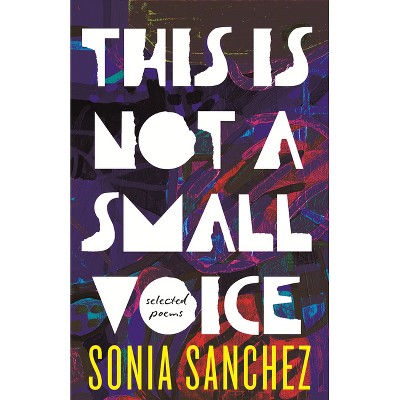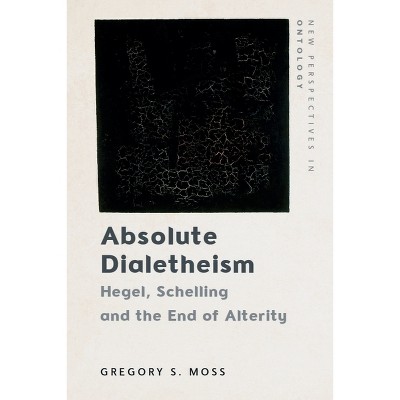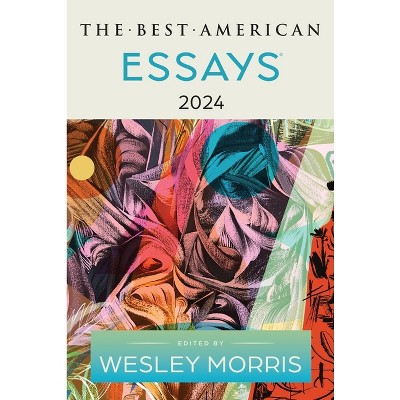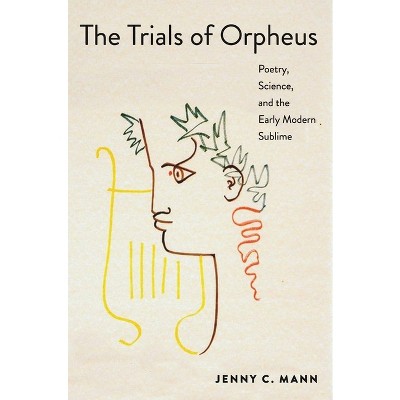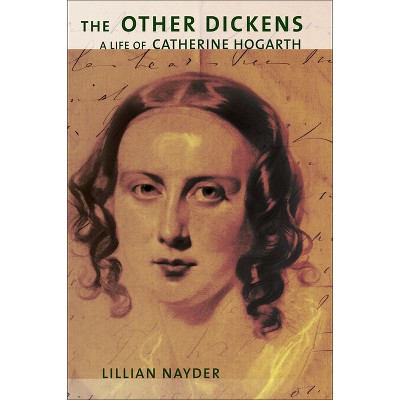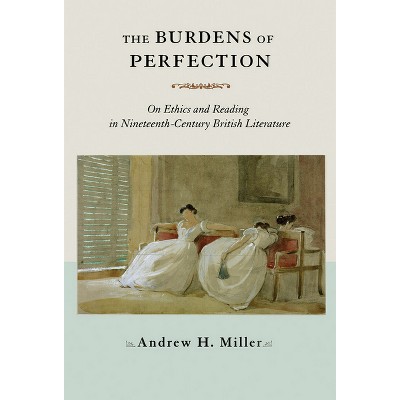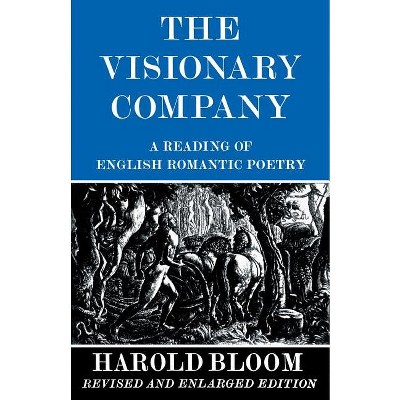Sponsored

Outlaw Rhetoric - by Jenny C Mann (Hardcover)
In Stock
Sponsored
About this item
Highlights
- A central feature of English Renaissance humanism was its reverence for classical Latin as the one true form of eloquent expression.
- About the Author: Jenny C. Mann is Assistant Professor of English at Cornell University.
- 264 Pages
- Literary Criticism, European
Description
About the Book
Outlaw Rhetoric examines the substantial and largely unexplored archive of vernacular rhetorical guides produced in England between 1500 and 1700. Jenny Mann reveals the political stakes of the vernacular rhetorical project in the age of Shakespeare.
Book Synopsis
A central feature of English Renaissance humanism was its reverence for classical Latin as the one true form of eloquent expression. Yet sixteenth-century writers increasingly came to believe that England needed an equally distinguished vernacular language to serve its burgeoning national community. Thus, one of the main cultural projects of Renaissance rhetoricians was that of producing a "common" vernacular eloquence, mindful of its classical origins yet self-consciously English in character. The process of vernacularization began during Henry VIII's reign and continued, with fits and starts, late into the seventeenth century. However, as Jenny C. Mann shows in Outlaw Rhetoric, this project was beset with problems and conflicts from the start.
Outlaw Rhetoric examines the substantial and largely unexplored archive of vernacular rhetorical guides produced in England between 1500 and 1700. Writers of these guides drew on classical training as they translated Greek and Latin figures of speech into an everyday English that could serve the ends of literary and national invention. In the process, however, they confronted aspects of rhetoric that run counter to its civilizing impulse. For instance, Mann finds repeated references to Robin Hood, indicating an ongoing concern that vernacular rhetoric is "outlaw" to the classical tradition because it is common, popular, and ephemeral. As this book shows, however, such allusions hint at a growing acceptance of the nonclassical along with a new esteem for literary production that can be identified as native to England. Working across a range of genres, Mann demonstrates the effects of this tension between classical rhetoric and English outlawry in works by Spenser, Shakespeare, Sidney, Jonson, and Cavendish. In so doing she reveals the political stakes of the vernacular rhetorical project in the age of Shakespeare.
Review Quotes
Outlaw Rhetoric is an intelligent, imaginative and extremely well-written study. Mann reveals just how fruitful historical formalism can be in Early Modern Studies when one gets really historical without forsaking literary attention, yet really literary without losing historical nuance. This is a crucial book for those hoping to understand the early modern English appropriation of the Latinate rhetorical tradition both theoretically in vernacular rhetorics and practically in its actual literature.
-- "Review of English Studies"In her thoughtful, well-researched debut book, Jenny C. Mann... explores the intersection between early modern rhetorical manuals and literary works.... Outlaw Rhetoric is an extremely valuable tool for understanding the cultural role of vernacular rhetoric in sixteenth- and seventeenth-century England, not least because of this spatial and chronological specificity--a refreshing change from other discussions of rhetoric in the Renaissance, which treat it as a continuation or resurrection of classical practices.
--Marjorie Harrington "Sixteenth Century Journal"Jenny C. Mann considers the influence of English vernacular rhetorical handbooks on Renaissance literature, with particular emphasis upon the cultural anxieties and imaginative opportunities engendered by the nationalist project of translating the classical art of rhetoric into English.... Mann's study is intelligent, wide-ranging, and elegantly written; it makes a fine contribution to scholarship on early modern rhetoric and English nationalism.
--Garrett A. Sullivan, Jr. "Studies in English Literature 1500-1900"Mann... pays particular attention to the gendered implications acquired by enallage, the figure for 'exchange': 'In order to make enallage speak English. to turn it into the "Figure of exchangethese rhetorics redefine it as a mode of pronoun substitutionturning enallage into a figure that exchanges "he" for "she." As a resul--twithin the catalogue of English figures of speech--the "Figure of Exchange" becomes the rhetorical expression of gender transvestismeven bodily hermaphroditism....' (p.148). Through a series of penetrating readingsMann reveals that enallage guides the sense of several canonical literary works. She provides an especially astute study of Shakespeare's Sonnet 20... [and] a fascinating analysis of Thomas Wilson's Arte of Rhetorique (1553)...
--David Hawkes "Studies in English Literature 1500-1900"About the Author
Jenny C. Mann is Assistant Professor of English at Cornell University.
